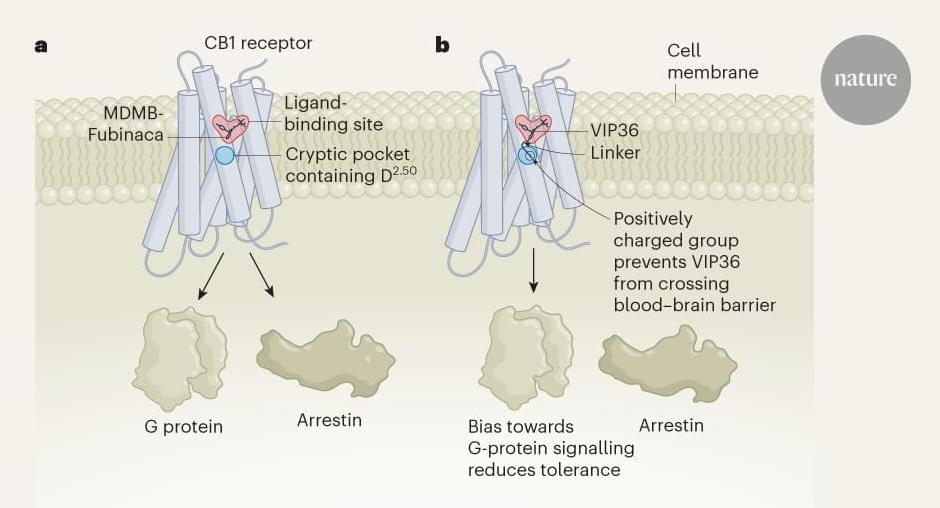You can talk to an AI chatbot about pretty much anything, from help with daily tasks to the problems you may need to solve. Its answers reflect the human data that taught it how to act like a person; but how human-like are the latest chatbots, really?
As people turn to AI chatbots for more of their internet needs, and the bots get incorporated into more applications from shopping to health care, a team of researchers sought to understand how AI bots replicate human empathy, which is the ability to understand and share another person’s feelings.
A study posted to the arXiv preprint server and led by UC Santa Cruz Professor of Computational Media Magy Seif El-Nasr and Stanford University Researcher and UCSC Visiting Scholar Mahnaz Roshanaei, explores how GPT-4o, the latest model from OpenAI, evaluates and performs empathy. In investigating the main differences between humans and AI, they find that major gaps exist.





